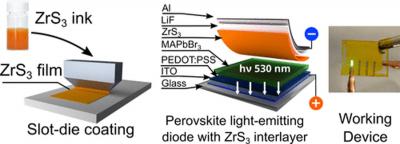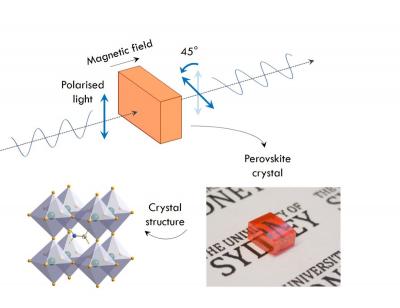KAIST team produces perovskites at reduced temperatures to improve efficiency of single-crystal PSCs
KAIST researchers have designed a method to make perovskite crystals at lower temperatures, that could lead the way towards lower-cost solar cells by eliminating defects that reduce efficiency.
Most current work on perovskite solar cells focuses on polycrystalline versions, where the efficiency record is 25%, say Omar Mohammed and Osman Bakr, materials scientists at King Abdullah University of Science and Technology. But polycrystalline films are only a few hundred nm thick, whereas single crystals can be grown to approximately 20 µm. The thicker films can absorb more light so single-crystal solar cells could prove to be superior. The problem is that so far, single-crystal lead perovskite solar cells don't reach 20% efficiency.



